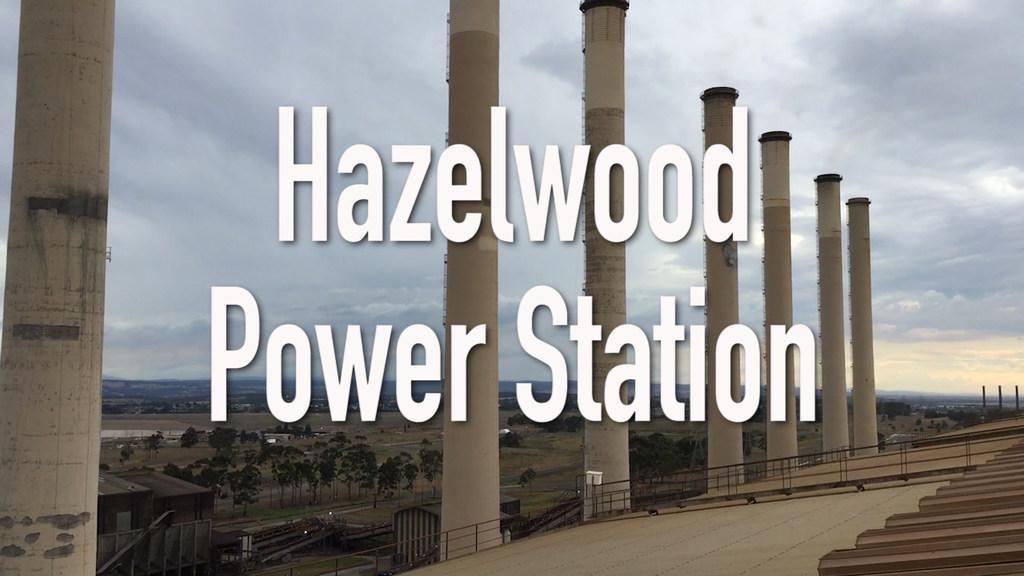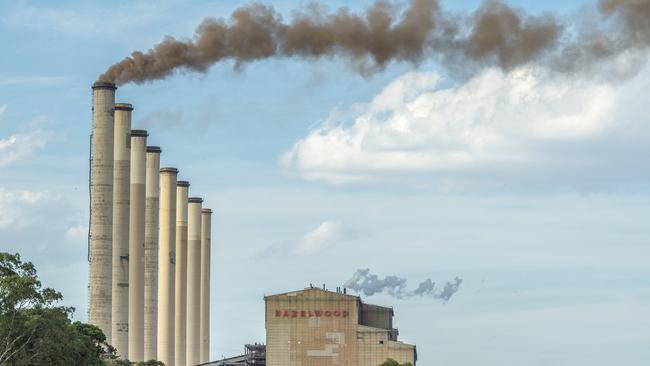Former Hazelwood Power Station staff who fear asbestos exposure encouraged to sign register
FORMER Hazelwood Power Station employees who fear they have been exposed to asbestos have been urged to sign up to a formal register.

VIC News
Don't miss out on the headlines from VIC News. Followed categories will be added to My News.
FORMER Hazelwood Power Station employees who fear they have been exposed to asbestos have been urged to sign up to a formal register.
An Australian legal firm is urging former staff of the station, which was closed last year, to add their names to its National Asbestos Register.
END OF ERA AS HAZELWOOD LIGHTS TURN OFF
POWER STATION’S PARTS GO ON SALE
Senior Slater and Gordon Asbestos lawyer Stephen Plunkett has represented more than 1000 Hazelwood employees who have been exposed to asbestos across the region during the past three decades.
Mr Plunkett said the station had been riddled with asbestos and while certain precautions were implemented during the 1980s, workers were still being exposed up until its closure.

“We have seen and advocated for numerous workers from Hazelwood who have been exposed to asbestos at the power station,” Mr Plunkett said.
“And unfortunately, I have absolutely no doubt that there are other workers who will go on to develop asbestos-related illnesses.”
He said Slater and Gordon established the register to protect people exposed to asbestos and consequently in danger of becoming ill.
The register allows people to document their exposure and the exposure of fellow workers should it become necessary to refer to in the future.
“It can actually take up to four decades for these devastating symptoms and their resultant diseases to show,” Mr Plunkett said.
“So the register aims to help people document their exposure to asbestos while it is still clear in their minds.
“By registering they can protect their legal rights if they go on to unfortunately develop an asbestos-related disease.”
MELBOURNE DRUG SHRINKS TUMOURS
Asbestos becomes a potential risk to health if the fibres are suspended in the air and breathed into the lungs.
The fibres can remain deep within the lungs and can lodge in lung tissue, causing inflammation, scarring, leading to serious asbestos-related diseases, which usually take many years, if not decades, to show physical signs.
To register your details, go to slatergordon.com.au/compensation-law/asbestos/national-


